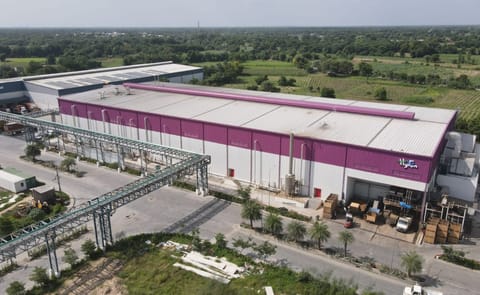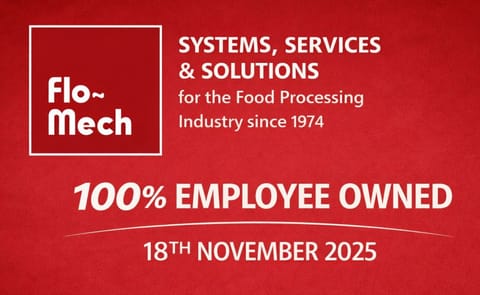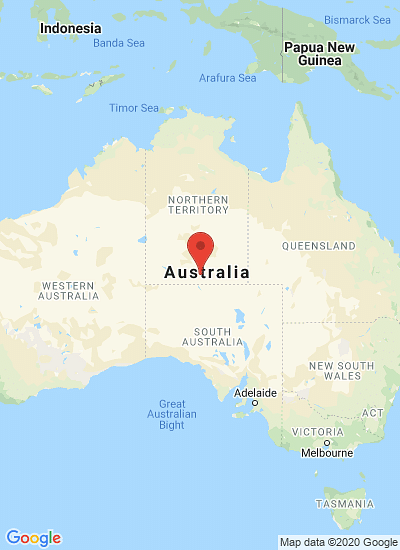Fryer manufacturer Heat and Control presents a generic fryer cleaning guide which - although basic in form - can be applied to most industrial fryers.
Primaire tabs
How to Clean your Industrial Fryer: A Manufacturers Guide
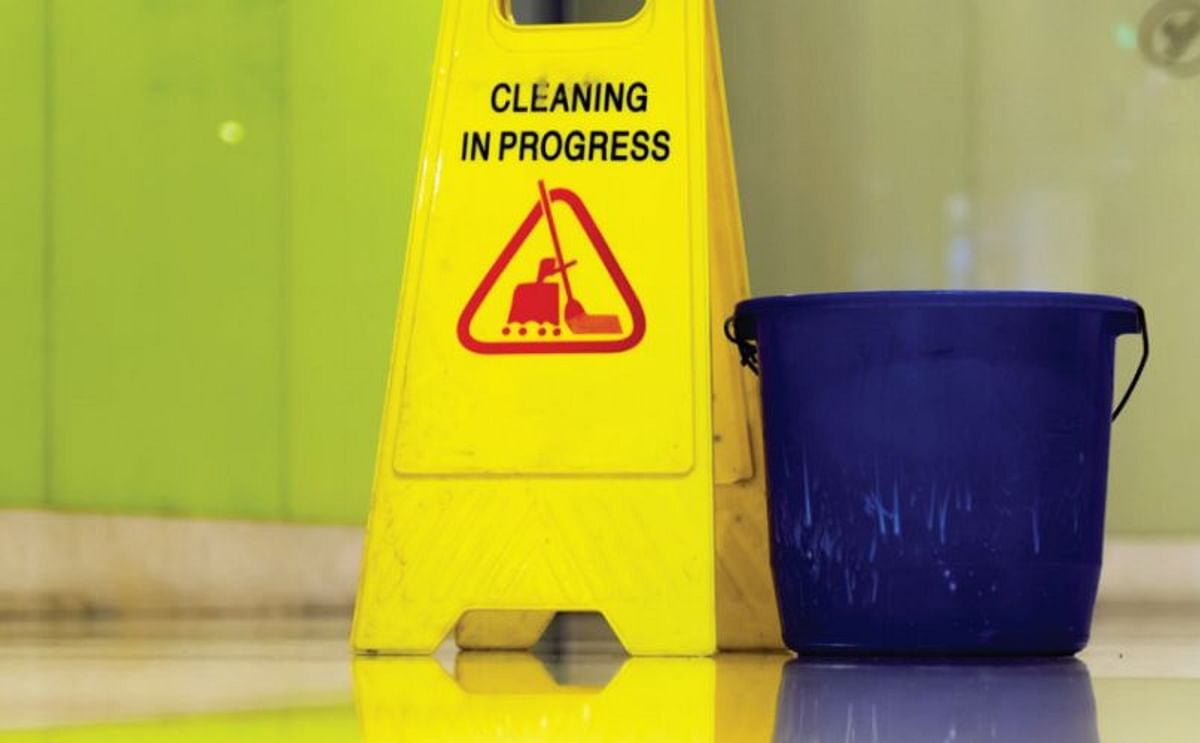
The cleaning of industrial fryers is highly dependent on the specific situation at each (potato) processor.
Therefore, it is impossible to provide recommendations on exact cleaning procedures and/or recommended cleaning frequency.
Having said that, fryer manufacturer Heat and Control presents below a generic fryer cleaning guide which - although basic in form - can be applied to most industrial fryers.
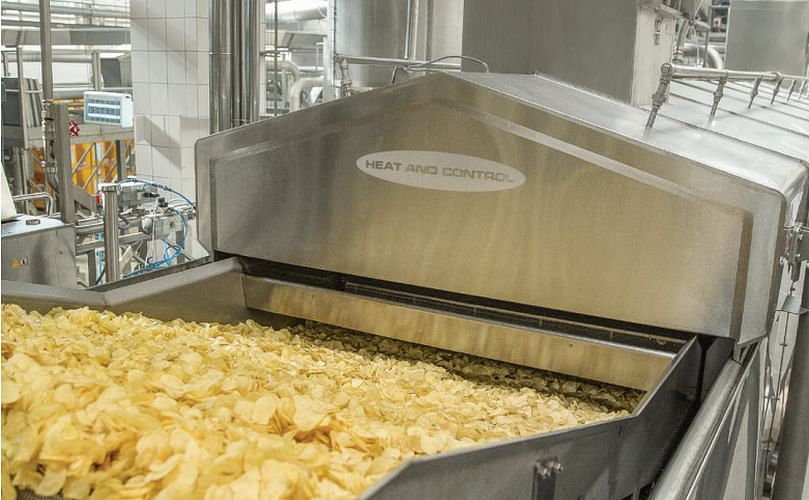
Heat and Control fryer for potato chips
Chemicals
The main chemical for cleaning fryers is Caustic Soda or (Sodium Hydroxide – NaOH) in either a liquid or flake form.
It is most often used in conjunction with other constituents such as, wetting agents, suspension agents, detergents, emulsifiers, sequestrants, oxidisers, and corrosion inhibitors.
If these additional constituents are used in a CIP system, then a low foaming type should be selected.
Safety Precautions and Personal Protection Equipment
Suitable time should be allowed for thorough cleaning of industrial fryers and care taken for safety of personnel with use of adequate Personal Protection Equipment (PPE).
The detergent is highly caustic and will cause serious injuries if due care is not taken.
Steps of the Cleaning Operation
- The fryer is emptied of oil and any debris accumulated within the fryer should be manually removed
- Remove appropriate filter materials from the machine for manual cleaning or disposal
- Excessive polymer build-up within and outside of the fryer should be manually scrubbed or
abraded with high water pressure application.
It is not essential that all the polymer material is removed but rather is loosened so the chemicals do the final cleaning
- Fill the fryer with potable water to just below overflowing, adjust fryer controls to clean mode (ensure the water temperature cannot exceed 85ºC)
- In many cases lesser strength application of a suitable detergent is added to the fryer (the purpose of the detergent is to emulsify any remaining oil in the fryer)
- The detergent used should satisfy the criteria as stated
above but for fryer systems with a CIP sub-system, the
detergent must be of a low foaming type.
If using a granular chemical cleaning agent, the detergent should be dissolved in a water solution before carefully adding the mixture to the fryer
- Ensure the CIP hose is fitted and appropriate valves
are adjusted.
Turn the fryer on and heat to temperature and maintain at temperature until the soil or contaminate load is removed from the fryer.
This time may vary for each fryer cleaning.
- Drain the system to the appropriate drainage point
and then refill the system with potable water again (fill to
maximum).
This time fill to as per the chemical supplier’s dosing recommendation.
It is expected that the detergent should have a range of 2% - 10% Sodium Hydroxide (w/w) within the detergent chemical matrix.
However this range is dependent upon the individual circumstances.
- Ensure the area is clear of personnel, start the fryer
and keep at temperature until the expected time to remove
expected soil loads has elapsed.
After this time, stop the fryer and carefully inspect the system for cleanliness within the fryer and if the fryer is clean then stop this step, however if it is still dirty continue cleaning.
Keep stopping and inspecting after each subsequent hour until the fryer is clean.
Care should be taken to monitor the fryer cleaning liquid level and add water when required.
- While the CIP system is automatically cleaning the inside of the fryer, the operator should use a suitable detergent and cleaning aides to safely clean the outside of the fryer
- When the fryer is clean, empty the fryer liquid to an appropriate drain
- Refill the fryer with potable water, start the fryer and heat at the set temperature. At the same time carefully rinse down the outside of the fryer systems with potable water
- Empty the Fryer into a suitable drain and refill again with potable water. Heat the water at the set temperature
- Stop fryer and empty fluid into suitable drainage system
- Check the fryer pH with the fryer empty.
If the pH reading is above 7 repeat the above step of draining, refilling and bringing to temperature until the pH reading is 7
- If the incoming potable water pH is higher than 7, rinse the system until the fryer water is similar to the incoming water
- Open all drains, valves and appropriate lids and allow the system to drain and dry before restarting production
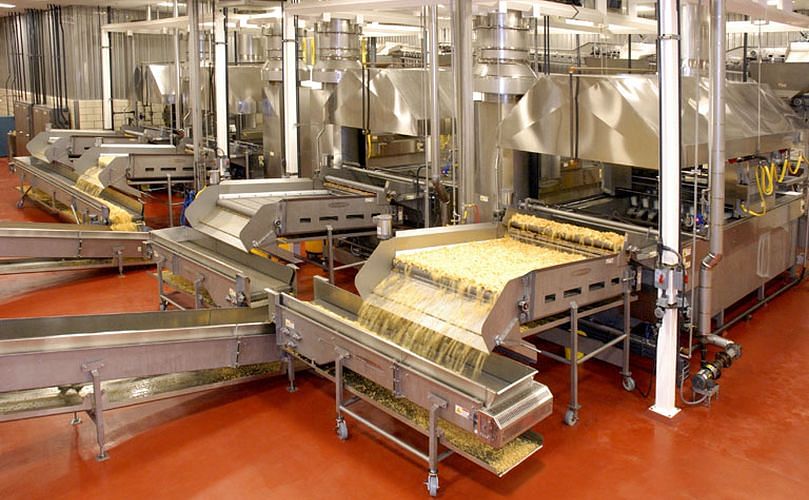
Series of Mastertherm batch fryers
Like to receive news like this by email? Join and Subscribe!
Get the latest potato industry news straight to your WhatsApp. Join the PotatoPro WhatsApp Community!
Uitgelichte Bedrijven
Sponsored Content
Sponsored Content
Sponsored Content
Sponsored Content




